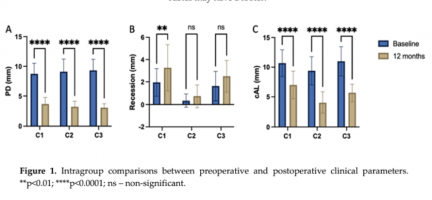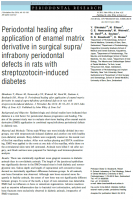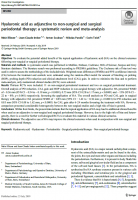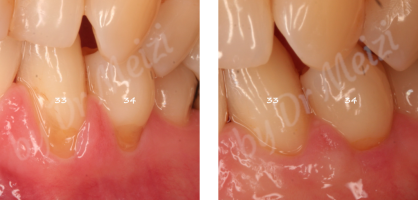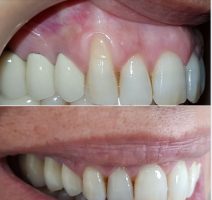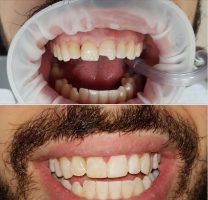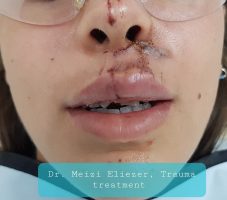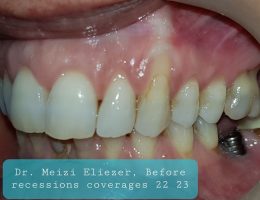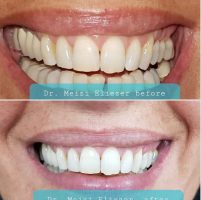Objectives To evaluate the potential added benefit of the topical application of hyaluronic acid (HA) on the clinical outcomes
following non-surgical or surgical periodontal therapy.
Materials and methods A systematic search was performed in Medline, Embase, Cochrane, Web of Science, Scopus and Grey
literature databases. The literature search was preformed according to PRISMA guidelines. The Cochrane risk of bias tool was
used in order to assess the methodology of the included trials.Weighted mean differences (WMDs) and 95%confidence intervals
(CIs) between the treatment and controls were estimated using the random-effect model for amount of bleeding on probing
(BOP), probing depth (PD) reduction and clinical attachment level (CAL) gain. In order to minimize the bias and to perform
meta-analysis, only randomized clinical studies (RCTs) were selected.
Results Thirteen RCTs were included: 11 on non-surgical periodontal treatment and two on surgical periodontal treatment.
Overall analysis of PD reduction, CAL gain and BOP reduction in non-surgical therapy with adjunctive HA presented WMD
of − 0.36 mm (95% CI − 0.54 to − 0.19 mm; p < 0.0001), 0.73 mm (95%CI 0.28 to 1.17 mm; p < 0.0001) and − 15% (95% CI −
22 to − 8%; p < 0.001) respectively, favouring the application of HA. The overall analysis on PD and CAL gain in surgical
therapy with adjunctive HA presented WMD of − 0.89 mm (95% CI − 1.42 to − 0.36 mm; p < 0.0001) for PD reduction and
0.85 mm (95% CI 0.08 to 1.62 mm; p < 0.0001) for CAL gain after 6–24 months favouring the treatment with HA. However,
comparison presented considerable heterogeneity between the non-surgical studies and a high risk of bias in general.
Conclusions Within their limits, the present data indicate that the topical application ofHA may lead to additional clinical benefits
when used as an adjunctive to non-surgical and surgical periodontal therapy. However, due to the high risk of bias and heterogeneity,
there is a need for further well-designed RCTs to evaluate this material in various clinical scenarios.
Clinical relevance The adjunctive use of HA may improve the clinical outcomes when used in conjunction with non-surgical and
surgical periodontal therapy.

